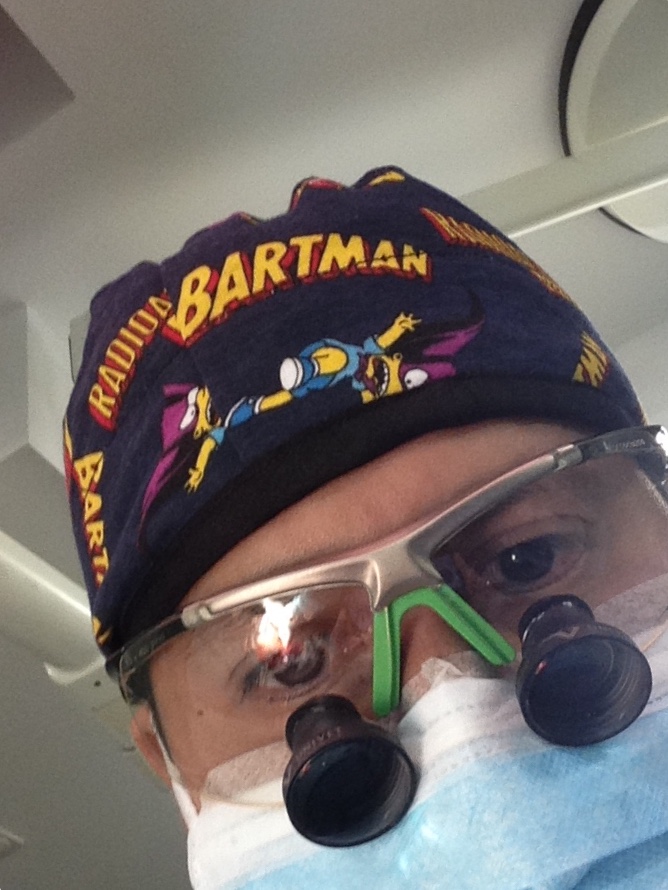
Use of Norepinephrine in Pancreas Donors and its Influence on Patient and Graft Survival
Alberto Marcacuzco Quinto1, Alejandro Manrique Municio1, Iago Justo Alonso1, Oana Anisa Nutu1, Félix Cambra Molero1, Jorge Calvo Pulido1, Álvaro García-Sesma Perez-Fuentes1, Maria Garcia Conde Delgado1, Marina Perez-Flecha Gonzalez1, Luis Carlos Jiménez Romero1.
1Unit of HPB Surgery and Abdominal Organ Transplantation, University Hospital “Doce de Octubre”, Madrid, Spain
Introduction: Brain death originates a vasomotor center dysfunction, a decrease in catecholamine release and finally vasodilatation secondary to the decrease of the peripheral vascular resistence. To this we should add the relative dehydration resulting from a mixture of previous water restriction and polyuria secondary to vasopresin deficiency that will originate hypovolemia and hypotension in a potential donor. Because the most important factor in the viability and graft function is adequate donor perfusion, it has been postulated that donor catecholamines administration might have a beneficial effect on kidney function, while its effect on other organs is unknown.
The aim of this study was to determine if norepinephrine in the donor is associated with recipient and pancreatic graft survival.
Methods: We performed a retrospective and comparative study, between the patients transplantated with a pancreatic graft proceeding from a donor where norepinephrine was used (Group A) and patients transplantated with a graft where norepinephrine was not used (Group B).
Results: 165 patients that underwent simultaneous pancreatic-kidney transplantation were included. The mean recipient age was 38.9 years, while the donor age was 28.6 years. 58.4% of the donors and 66.5% of the recipients were men. Grafts from group A presented an adequate function in 69% of the cases (p=0.03).
The patient actuarial survival at 1.3 and 5 years in group A was: 94.9%, 93.3% and 92.5% respectively and in group B: 96.6%, 89.5% and 89.5% (p=0.6).
The graft actuarial survival in group A was 82.8%, 78.9%, 72.9%, as compared to 75,9%, 68,4% and 63,8% respectively in group B (p=0.05).
Conclusion: Pancreatic grafts proceeding from donors who received norepinephrine present a significantly increased graft survival compared to grafts proceeding from donors without norepinephrine. No differences were seen in the patient survival between both groups.
